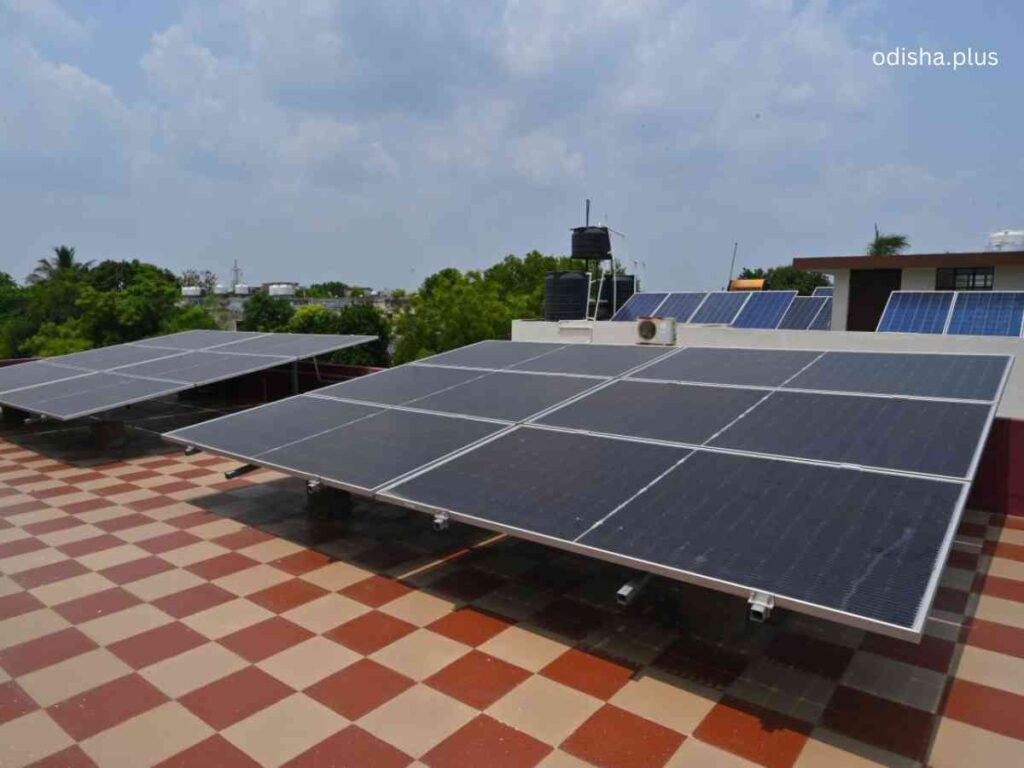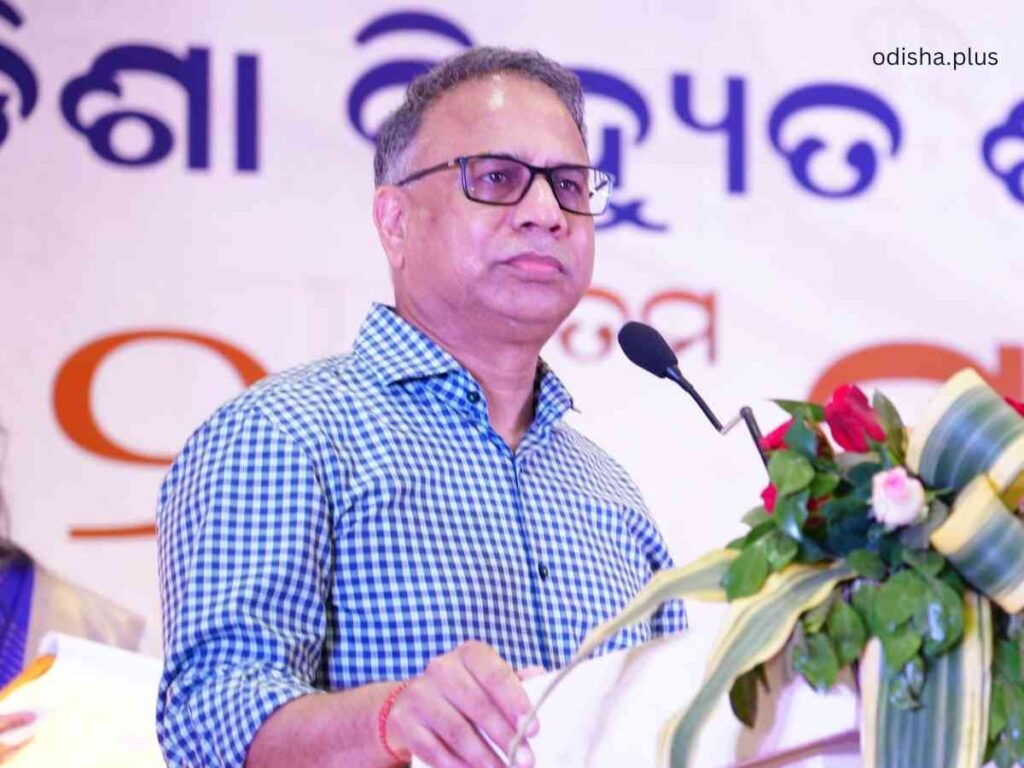Odisha targets 25% green energy usage in the industrial sector and aims for over 50% renewable energy adoption in agriculture
OdishaPlus Bureau

With electricity consumption rising steadily across households, the Government is ramping up efforts to reduce dependence on conventional energy sources. In line with this, India is prioritizing the adoption of solar and other renewable energy solutions.
In a recent interview with OdishaLIVE, Principal Secretary of the Energy Department, Vishal Kumar Dev discussed Odisha’s proactive steps in renewable energy development. The state aims to enhance solar power generation, improve infrastructure and support sustainability initiatives to meet future energy demands.

What are the key provisions and objectives of the Renewable Energy Policy introduced by the Odisha Government?
To promote the widespread use of renewable energy in Odisha, the State Government has introduced the Odisha Renewable Energy Policy, 2022. The goal is to create a renewable energy capacity of 10,960 megawatts in the state by 2030. This includes 5,000 megawatts from floating solar power, 2,500 megawatts from ground-mounted systems, 2,000 megawatts from rooftop solar, 1,200 megawatts from wind energy and 260 megawatts from small hydro power.
The main objective of this policy is to increase the use of green energy in industries, households and public sectors; and to encourage the general public to adopt renewable energy.
How does this policy help in promoting the use of ‘Green Energy’?
The Odisha Government has rolled out the Odisha Renewable Energy Policy, 2022, offering financial and institutional incentives to boost green energy production and investment. A single-window system has also been introduced for project approvals. GRIDCO has been designated as the nodal agency for renewable energy development.
A key highlight of the policy is the proposal to establish an international-level renewable energy research center in the state, aiming to drive innovation and sustainability. With these proactive measures, Odisha is advancing its green energy initiatives, striking a balance between economic growth and environmental conservation.
What is the status of investment in the renewable energy sector in Odisha?
Since the introduction of the Odisha Renewable Energy Policy, 2022, the State has fast-tracked renewable energy projects through the Single Window Clearance System, approving initiatives worth Rs 12,318 Crore with a total capacity of 1,708 megawatts.
During the ‘Utkarsa Odisha 2025 Conclave’, MOUs were signed with nine central industries, including MCL, NLC, IOCL, HPCL, ONGC Tripura Power Corporation, and RICPDCL. These partnerships aim to attract Rs 1.24 Lakh Crore in investments to develop 18,316 megawatts of renewable energy projects.
Odisha has also received proposals for green energy investments totaling Rs 4.40 Lakh Crore, covering Rs 2.06 Lakh Crore for 35,000 megawatts of pump storage projects and Rs 1.10 Lakh Crore for 21,000 megawatts of solar projects. Investors are showing keen interest in green hydrogen, green ammonia and battery storage technologies, with Paradip and Gopalpur ports being developed as key hubs for green hydrogen production. With these ambitious initiatives, Odisha is rapidly positioning itself as a leader in India’s renewable energy transition.
What key initiatives has Odisha implemented to ensure the successful execution of the Pradhan Mantri Surya Ghar Muft Bijli Yojana?
Under the Pradhan Mantri Surya Ghar Muft Bijli Yojana, consumers are being encouraged to install solar power systems on their rooftops. In addition to the central subsidy, the state government is also providing additional financial assistance. The goal is to connect 3 lakh households with rooftop solar systems by the year 2026–27. A subsidy of Rs 25,000 is being provided for 1 kilowatt, Rs 50,000 for 2 kilowatts and Rs 60,000 for 3 kilowatts rooftop solar system installation. For this, the State Government has allocated Rs 1,800 Crore and 75 vendors have been enrolled.
How is Odisha contributing to India’s green energy goals and carbon emission reduction by 2030?
As climate change remains a global challenge, India has set a strong goal to expand green energy projects and achieve net-zero emissions by 2070. Supporting this vision, Odisha is implementing the Renewable Energy Policy 2022, aiming to develop 10.96 gigawatts of renewable energy capacity and produce 6.3 MMT of green ammonia annually by 2030.
Odisha is positioning itself as a self-reliant green energy hub by locally manufacturing solar PV cells, electrolyzers, battery storage systems and other key components. The state aspires to rank among India’s top 10 green energy producers.
Additionally, Odisha targets 25% green energy usage in the industrial sector and aims for over 50% renewable energy adoption in agriculture, supported by the Pradhan Mantri Kisan Urja Suraksha evam Utthan Mahabhiyan (PM-KUSUM) Scheme and state-led programmes. These initiatives reinforce Odisha’s commitment to sustainable energy and environmental responsibility.

























